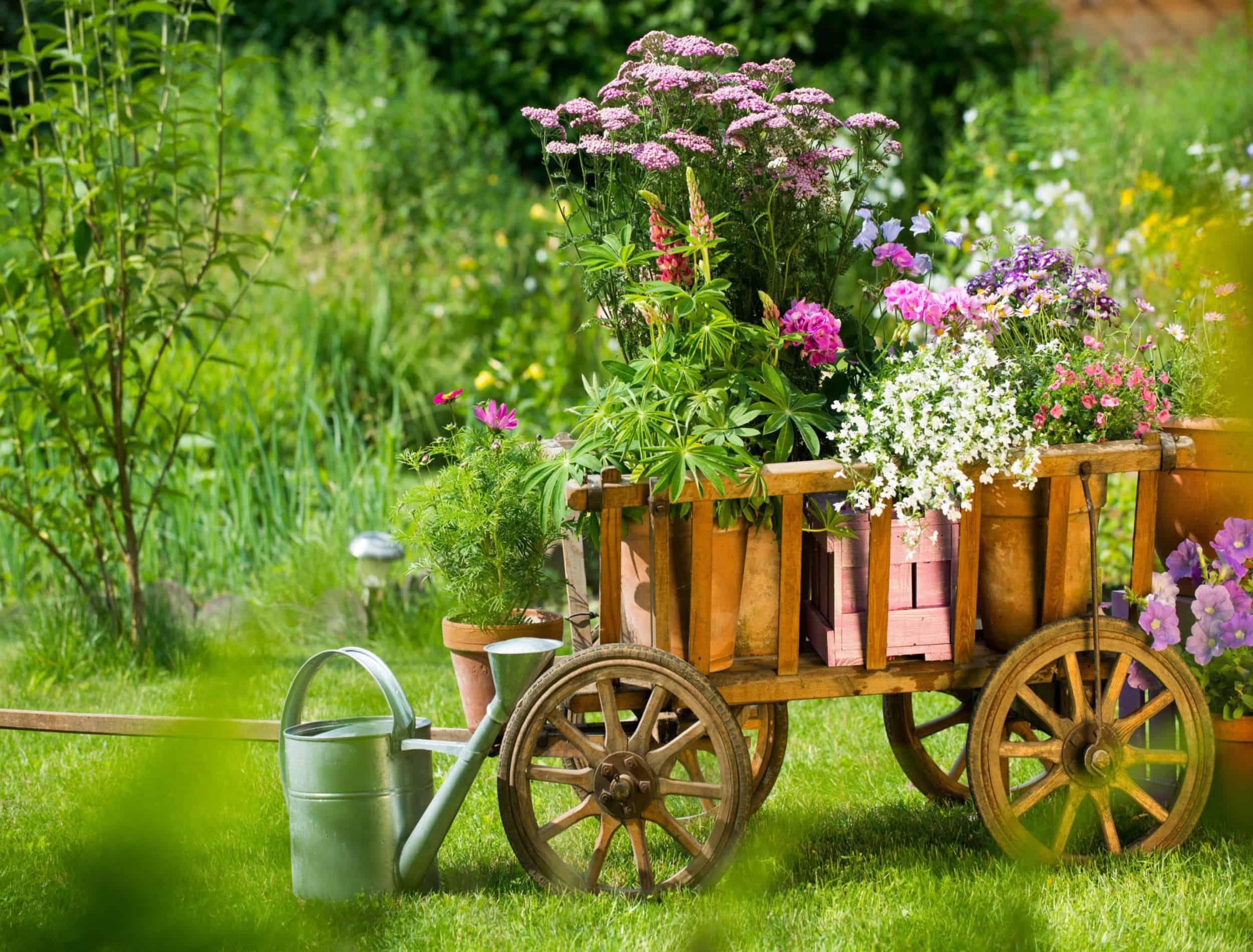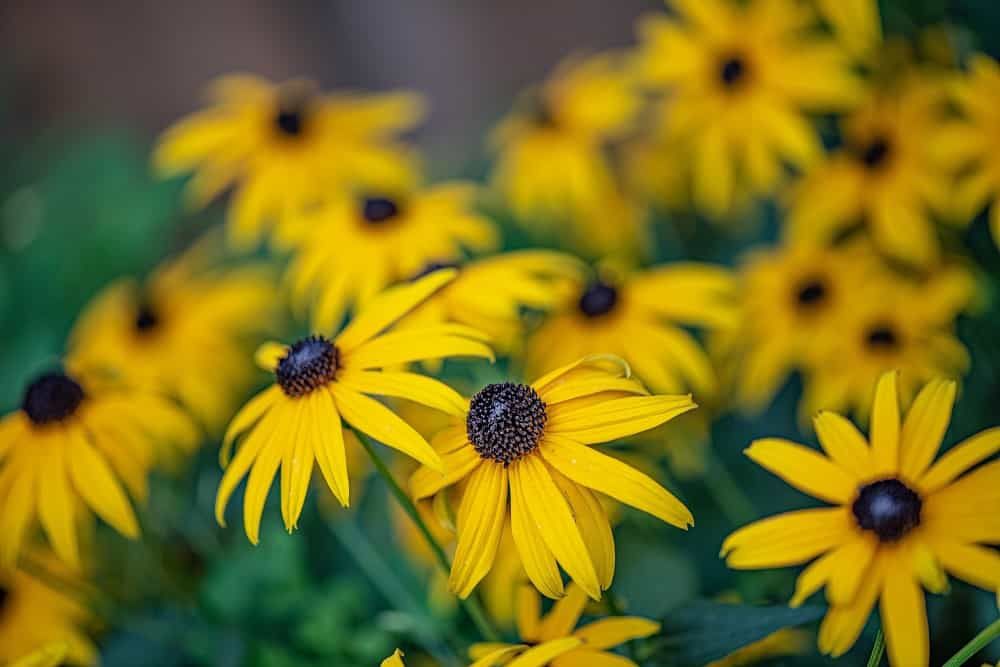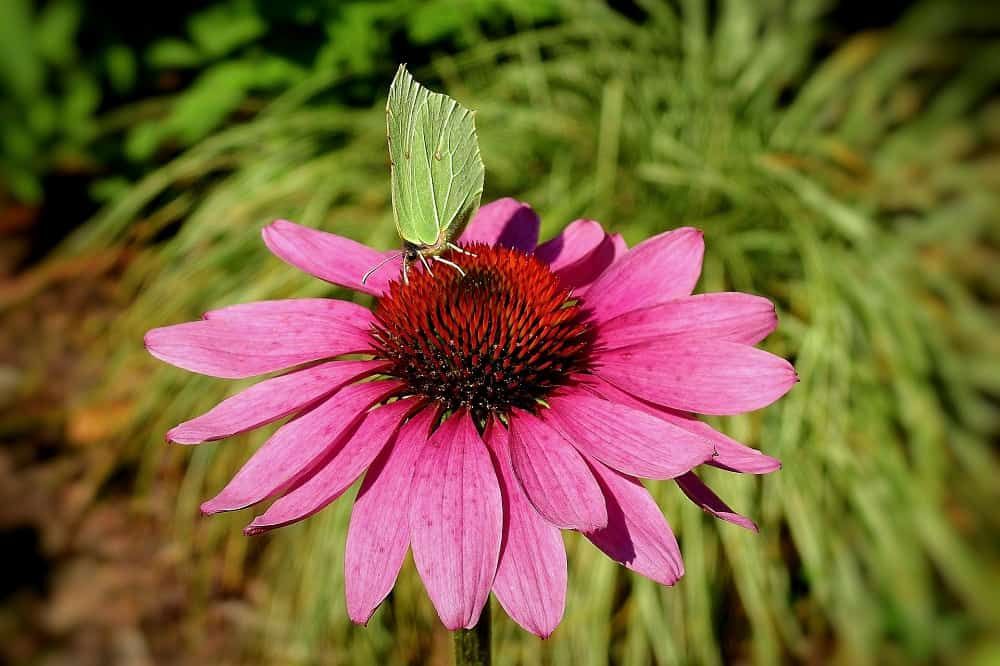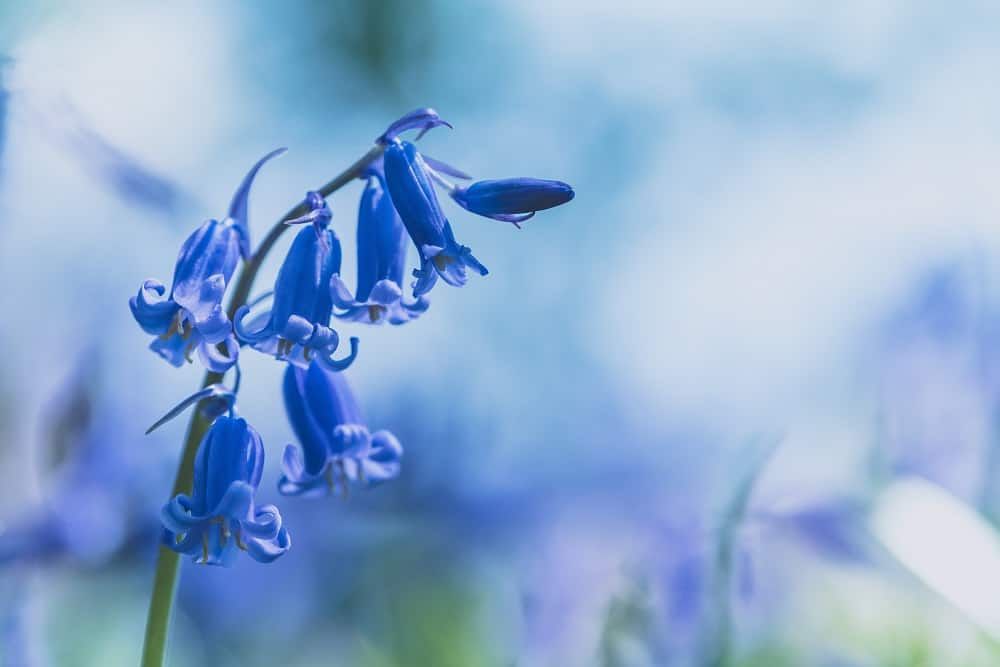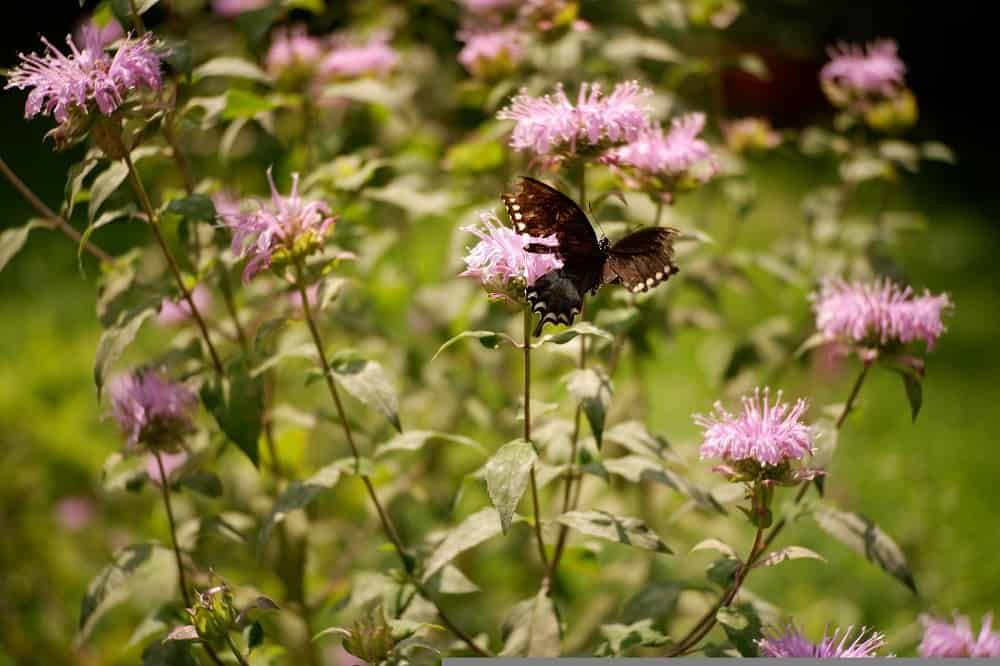When most people think of wildflowers, they probably think of the beautiful blooms that grow in meadows and fields. But did you know that you can grow many types of wildflowers in your own garden?
Including some wildflowers to your landscape can add color and interest all year long. If you're looking for some new ideas for your garden, here are five different types of wildflowers you should consider.
Black-Eyed Susans
Image credits: Joanna Swan via Unsplash
Black-eyed Susans are one of the most recognizable and popular wildflowers. Their sunny yellow petals and black central disks make them a welcoming addition to any garden.
They are easy to cultivate and care for as they are drought tolerant once established. Black-eyed Susans favor full sun but will accept some light shade. They are adaptable to a variety of soil types but prefer well-draining with a pH of 6.8.
They bloom from mid-summer to early fall, and their flowers attract bees, butterflies, and other pollinators. The seeds attract birds.
If you are looking for a cheerful addition to your garden, consider planting black-eyed Susans.
Purple Coneflowers
Image credits: erwin nowak via Pixabay
Purple Coneflowers are beautiful wildflowers that you should add to your garden! They have a long blooming period and attract many pollinators. Plus, they're easy to care for and drought tolerant. However, during periods of dry weather, it's a good idea to give them a deep watering once a week.
When planting, choose a spot that gets full sun. They also prefer well-drained soil. If your soil is heavy or clay-like, mix in some sand or perlite to improve drainage.
Purple Coneflowers are generally low-maintenance plants but need to be deadheaded (or have their spent flowers removed) to encourage continued blooming. You can do this by snipping off the flower heads at the stem or using your fingers to pinch them off.
Purple Coneflowers are a great addition to any garden, and with just a little care, they'll bloom beautifully for many seasons to come!
Bluebells
Image credits: Jez Timms via Unsplash
Adding bluebells to your garden is a great way to add color and life. They are perennial wildflowers, meaning they will come back year after year. They grow best in moist, well-drained soil in full sun to partial shade. Bluebells will begin to bloom in April or May but act fast because they only last about three weeks.
To plant bluebells, dig a hole twice the width of the pot the plant is in. Place the plant in the hole and fill it in with soil. To care for bluebells, water regularly and cut back the plants after they’ve finished blooming to encourage new growth.
Bluebells are a beautiful addition to any garden. With their easy care and lovely, droopy, blue blooms, these wildflowers are a great choice for any gardener.
Yarrow
Image credits: Olli Kilpi
via Unsplash
Yarrow is easy to care for and provides beautiful blooms that add color and interest to your landscape.
This wildflower is a perennial plant that grows in clumps and can reach up to three feet in height. The leaves are fern-like, and the flowers are small, clustered, and come in a variety of colors, including white, pink, yellow, and red. Yarrow blooms from early summer to fall and is a favorite of bees.
Yarrow is relatively drought tolerant once it is established, making it a great plant for low-maintenance gardens. It is also deer and rabbit resistant, so you don't have to worry about your yarrow being eaten by hungry pests.
If you are looking for a beautiful, easy-to-grow wildflower for your garden, yarrow is a great choice.
Wild Bergamot
Image credits: Cory Castellanos via Pixabay
If you're looking to add a little bit of spice to your garden, consider wild bergamot. This striking plant can add visual interest and a touch of flavor to any garden.
Native to North America, the wild bergamot is a member of the mint family. This wildflower grows best in full sun and dries to moist, well-drained soil. It can reach up to three feet in height and produces clusters of pink, white, or lavender flowers from July to September.
The leaves of wild bergamot are edible and have a minty flavor with a hint of citrus. They can be used in salads or as a garnish for soups and other dishes. The flowers are also edible and make a beautiful addition to any dish.
In addition to its culinary uses, wild bergamot has several medicinal properties. It has been used traditionally to treat colds, flu, and stomach problems. The plant is also believed to have antiseptic, antibacterial, and anti-inflammatory properties.
Go Wild With Wild Flowers
Adding new plants to your collection is a blast and especially when the colors are this vibrant. These wildflowers will help attract pollinators, and with so many varieties available, you're sure to find the perfect flower for your space.
Have you planted any wildflowers in your garden this year? What tips do you have for other readers? Let us know in the comments below!

